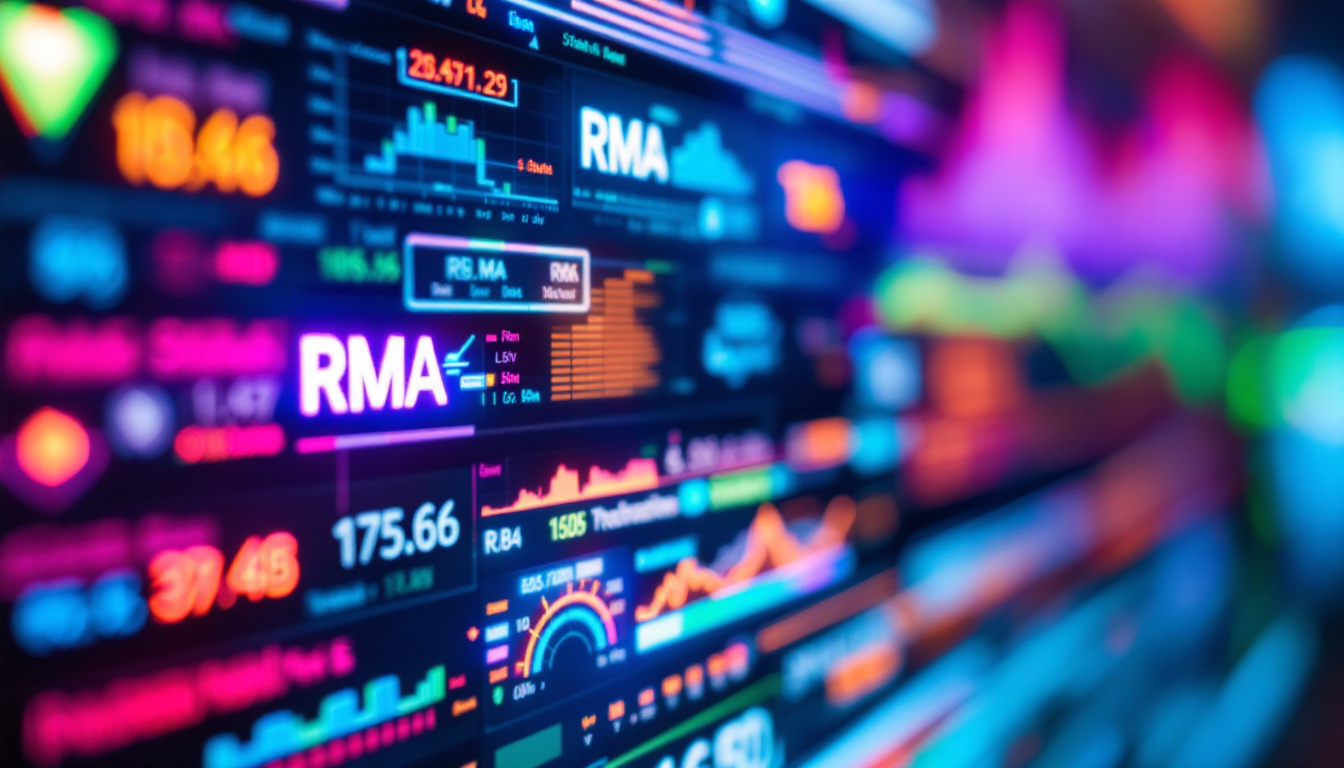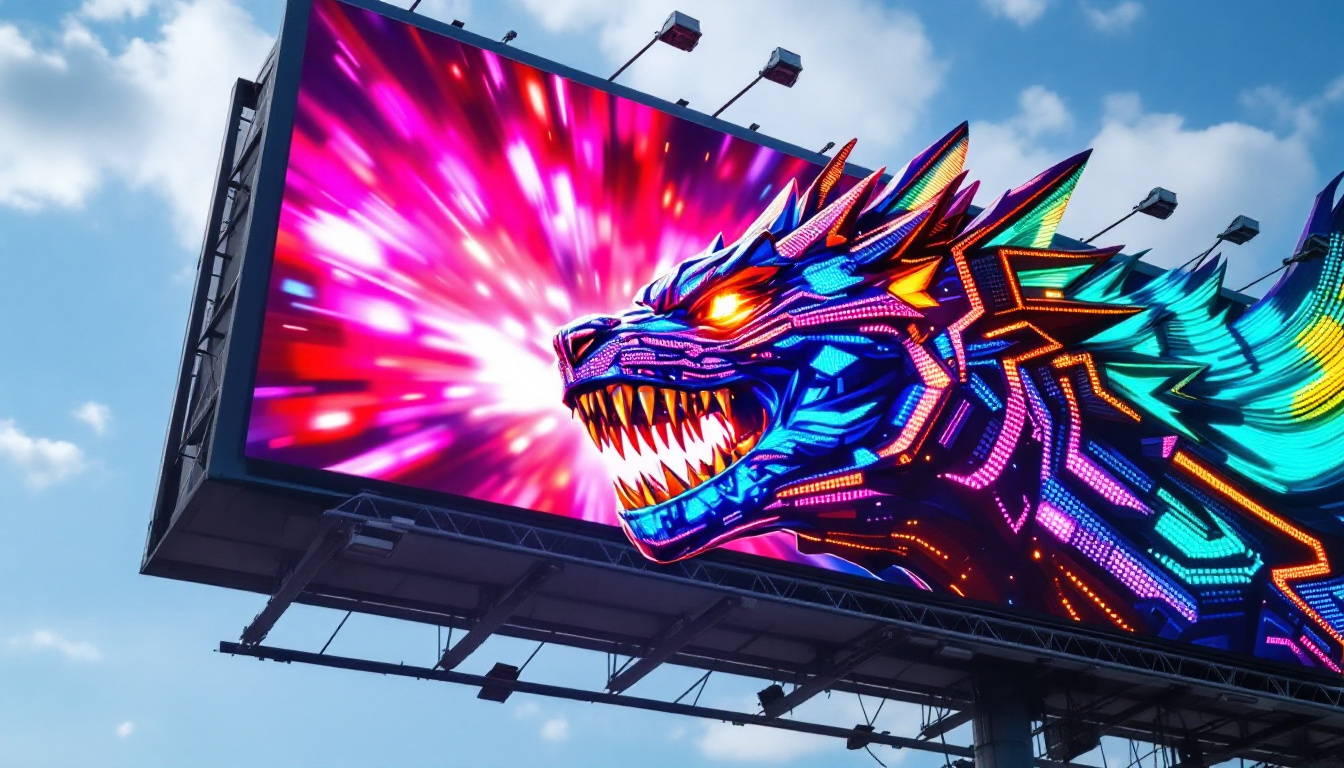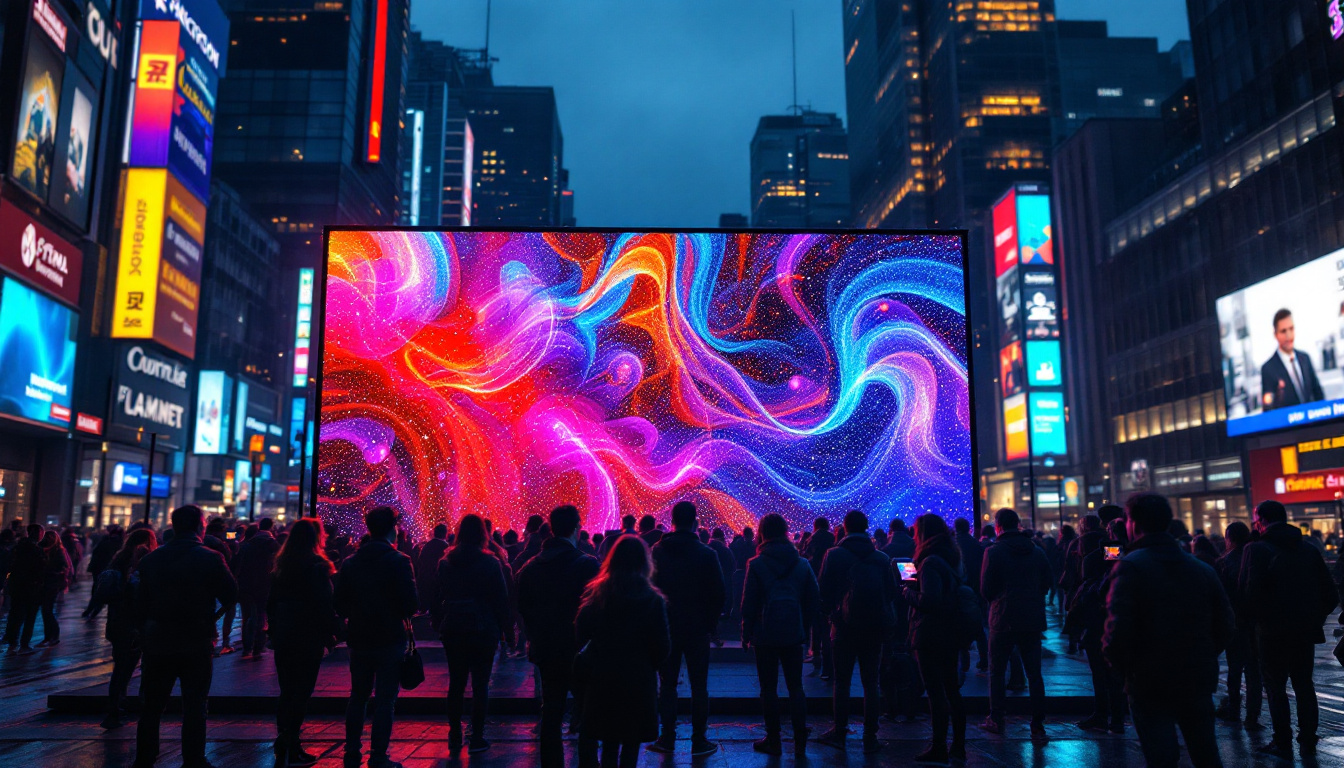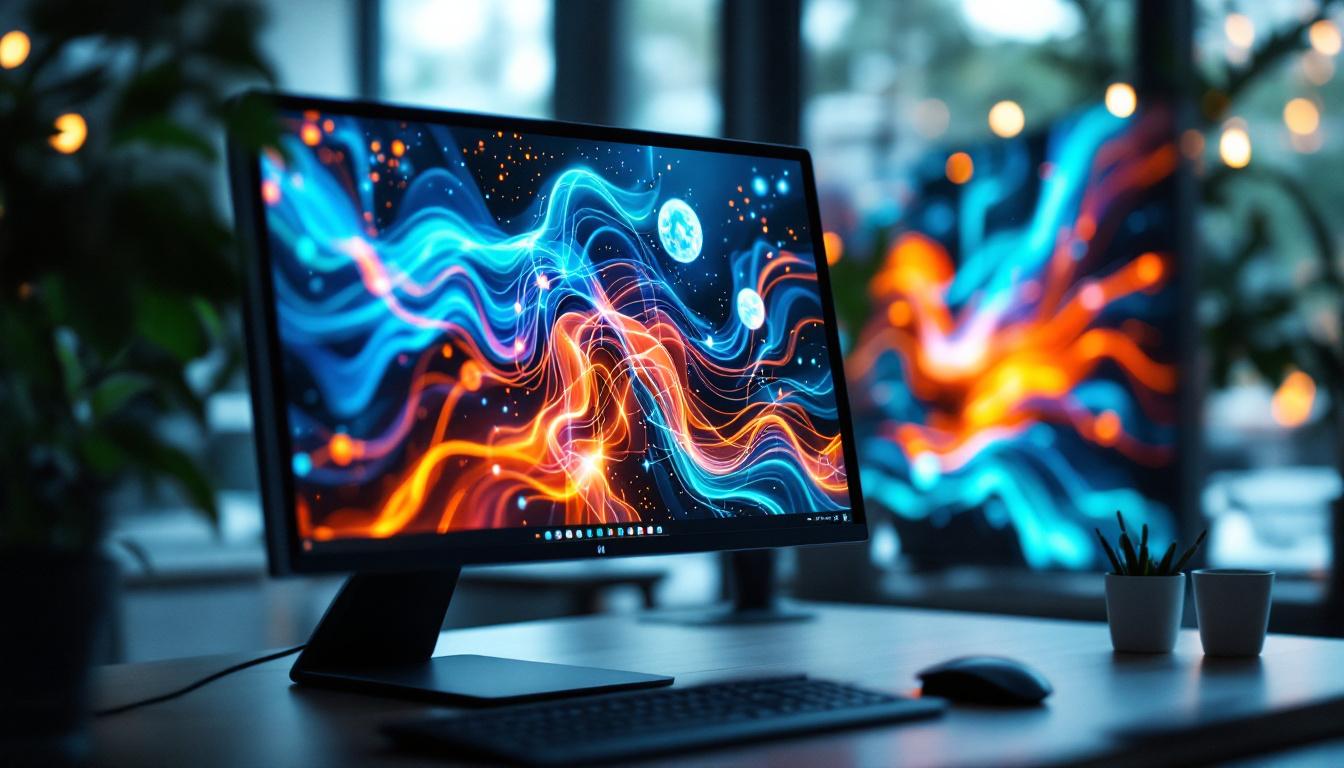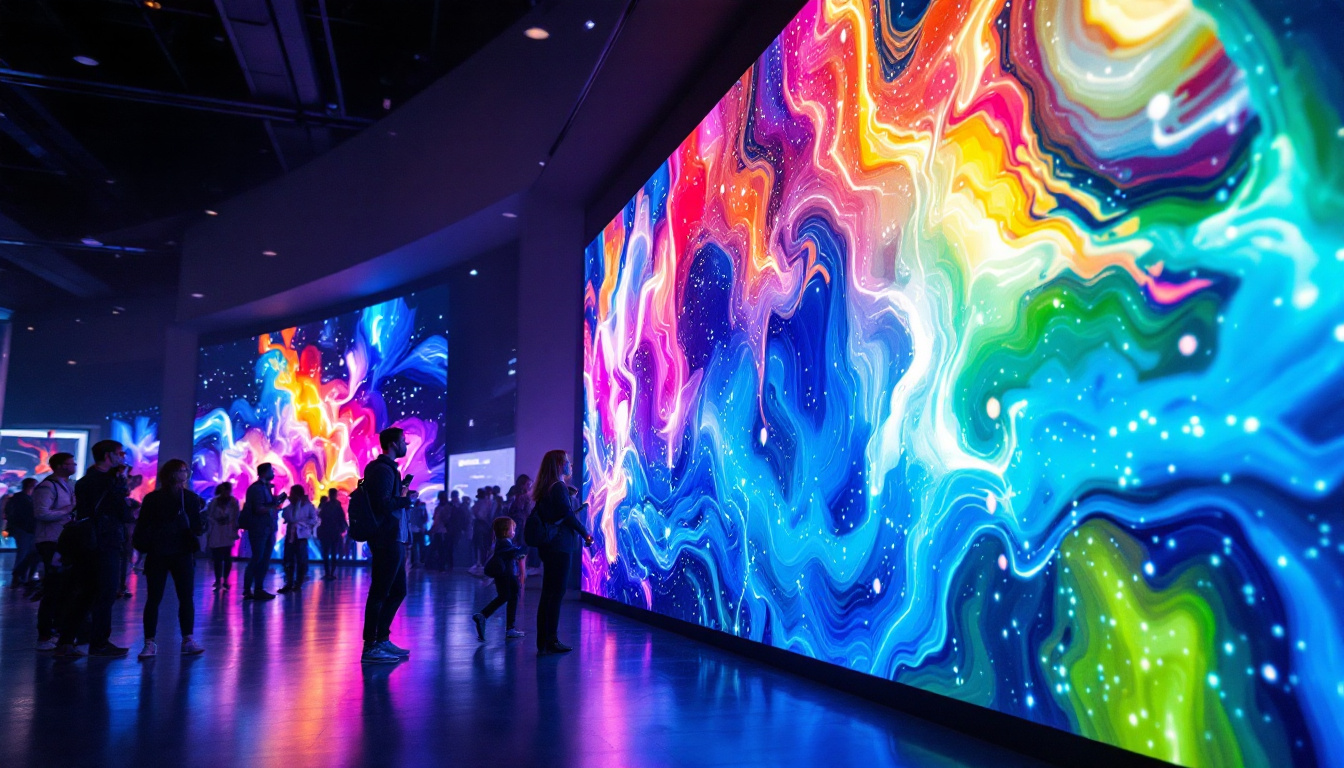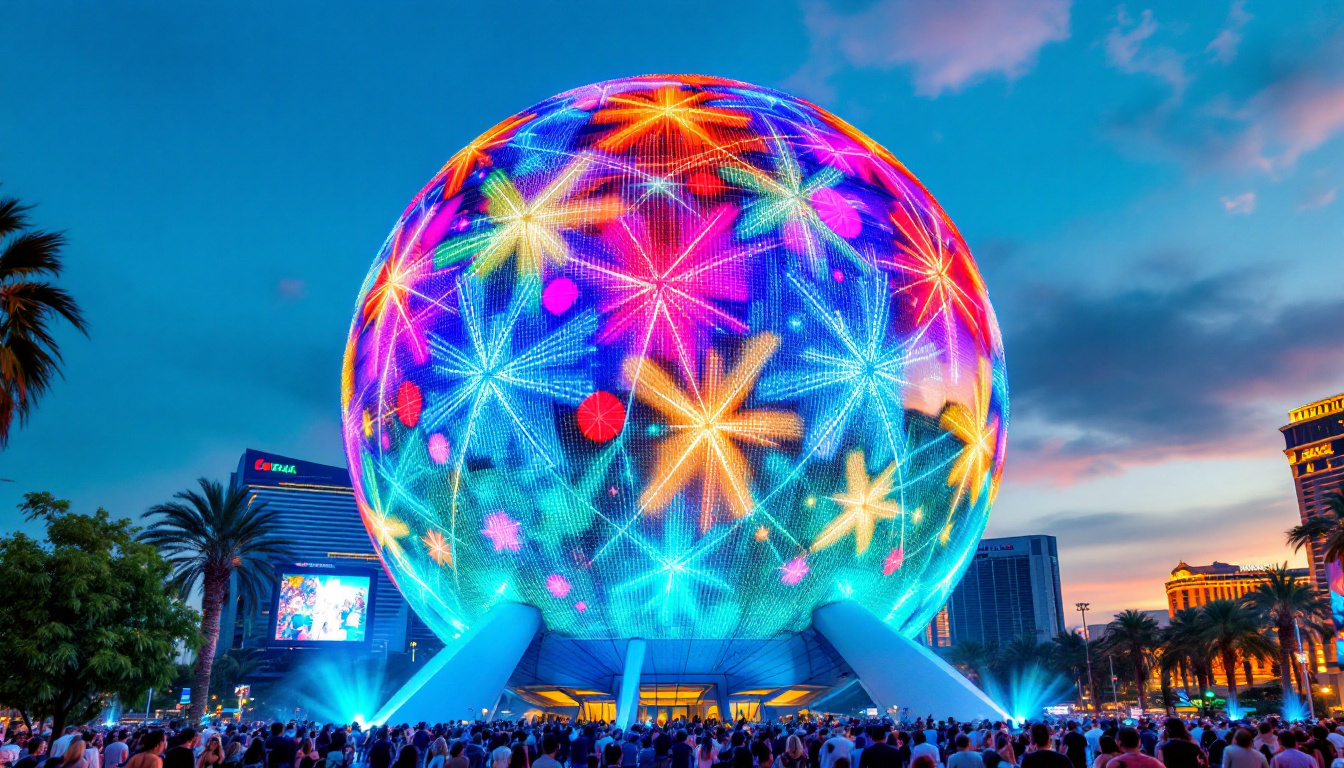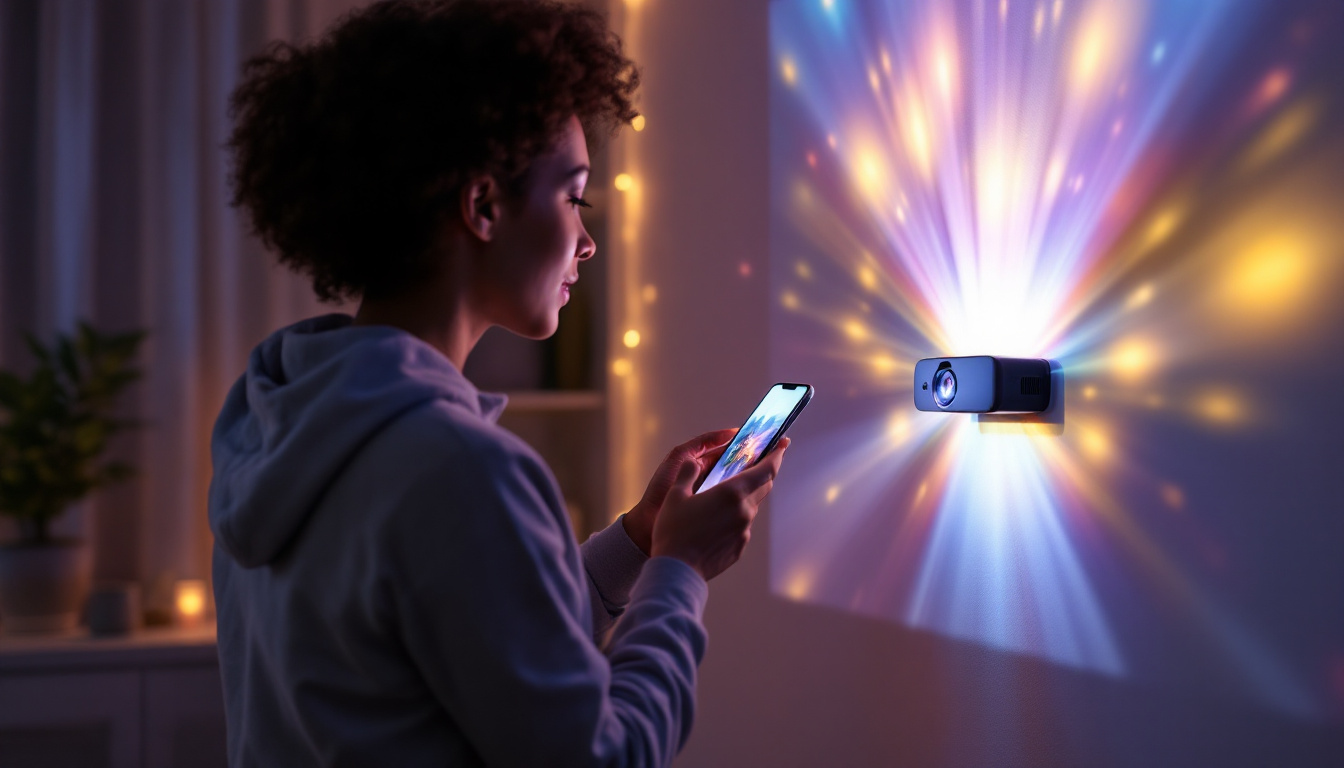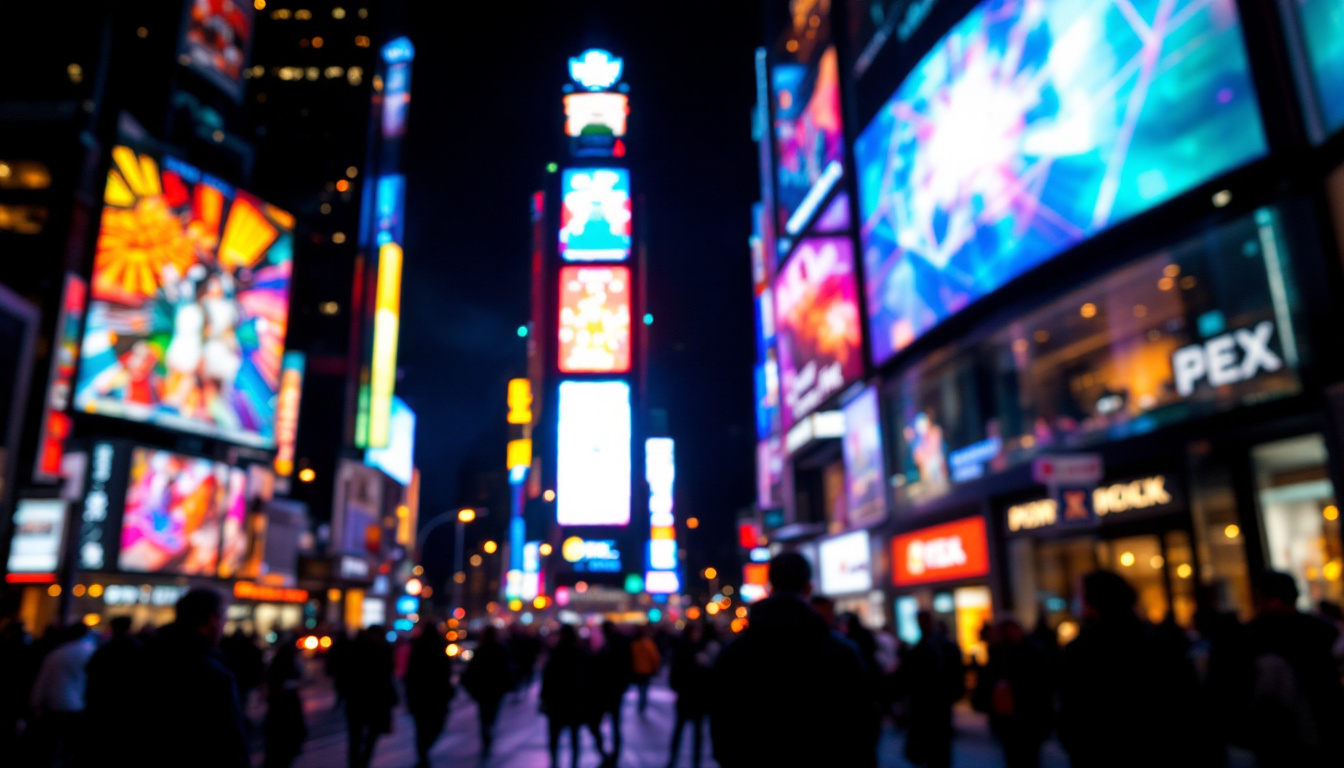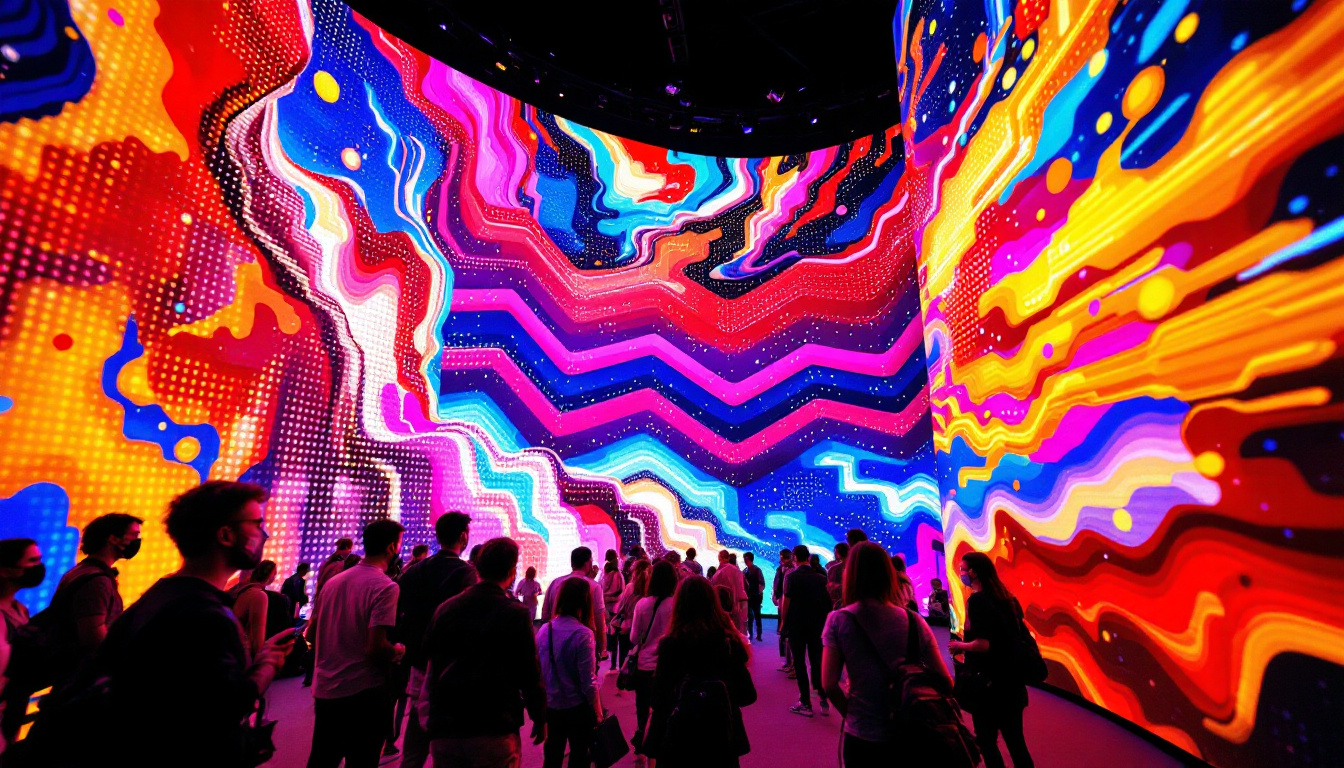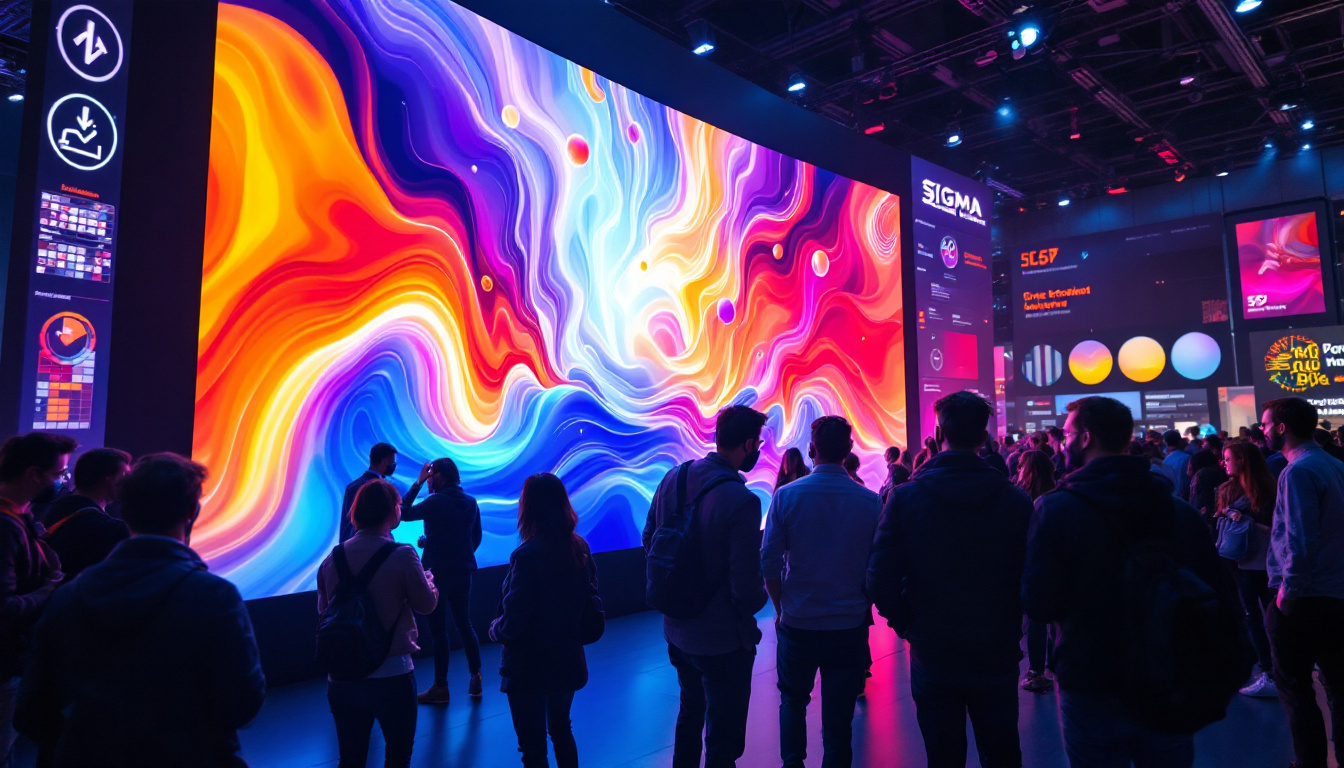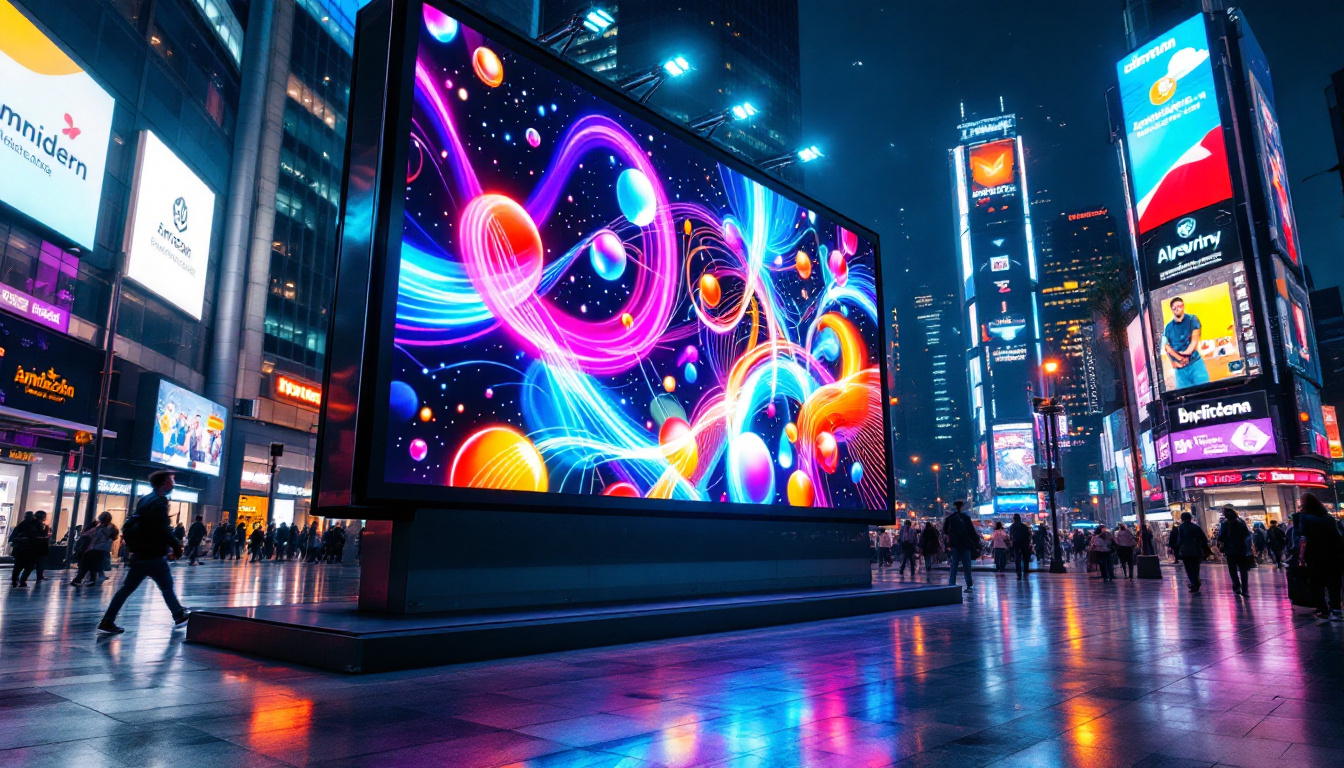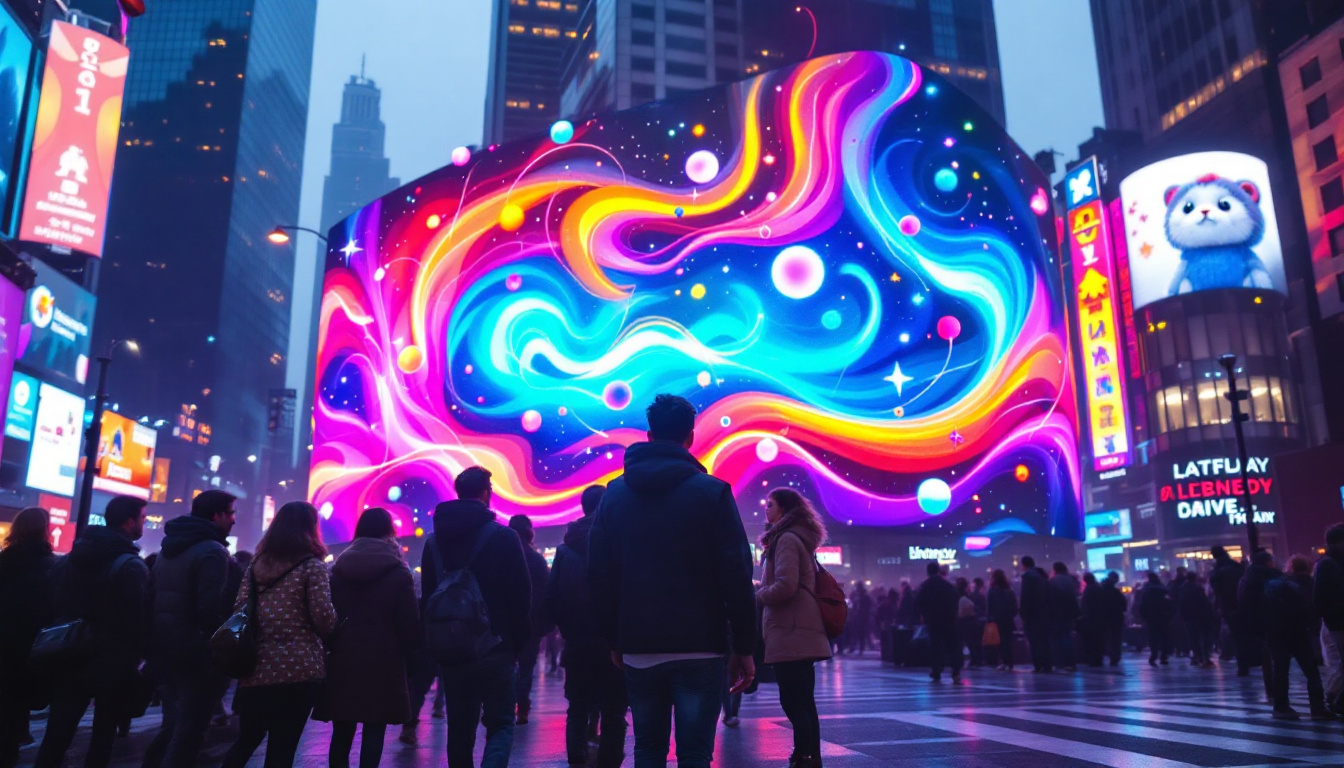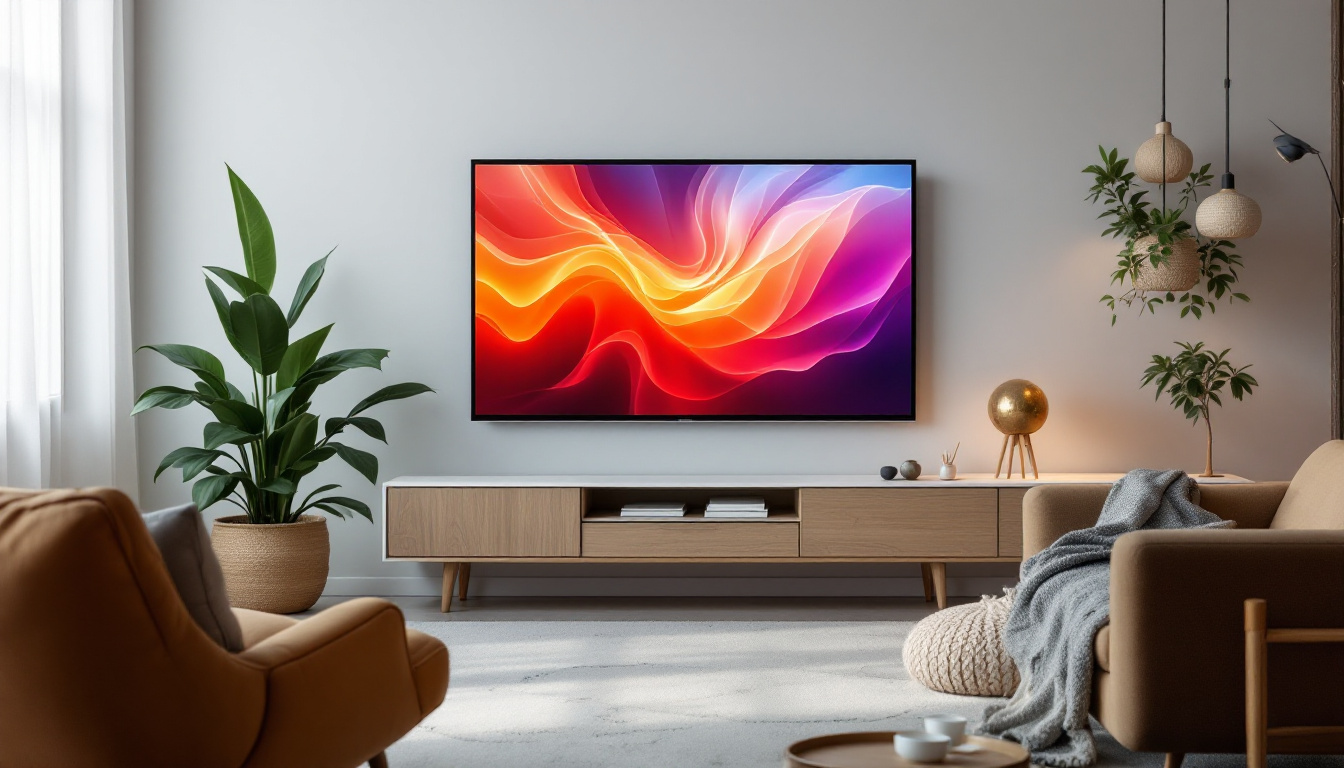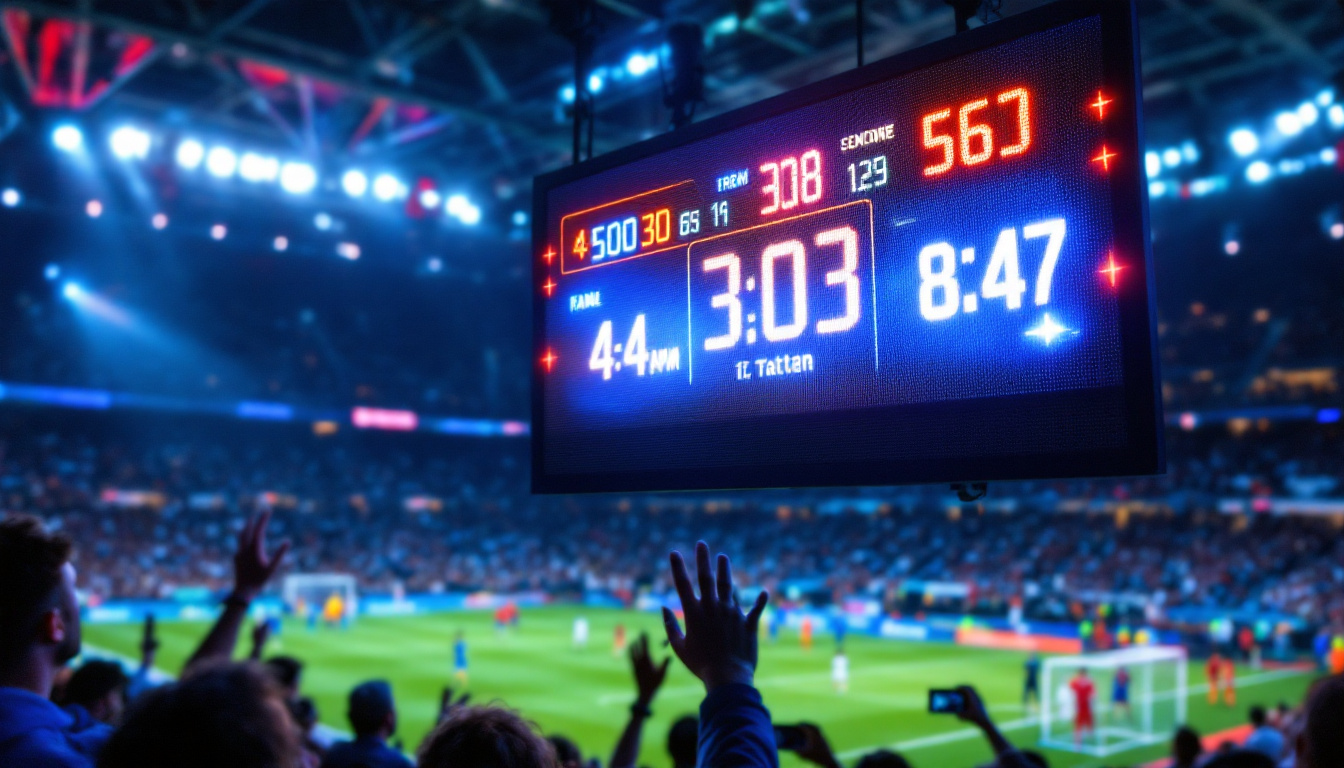Theatre design is a multifaceted discipline that combines artistry, technology, and storytelling to create immersive experiences for audiences. Among the many elements that contribute to a production’s visual impact, LED displays have become increasingly prominent. These dynamic digital canvases offer unparalleled versatility and creativity, transforming traditional stagecraft and expanding the possibilities of scenic design.
This article explores the role of LED displays in theatre design, examining their technical characteristics, creative applications, and practical considerations. Whether you are a theatre professional, designer, or enthusiast, understanding how LED technology integrates into theatrical environments is essential for appreciating modern stagecraft and pushing the boundaries of live performance.
The Evolution of Visual Elements in Theatre Design
Theatre has always relied on visual elements to support storytelling, from painted backdrops and intricate set pieces to lighting and projections. Traditionally, scenic design involved static or manually changed elements, which, while effective, limited the speed and flexibility of scene changes and visual effects.
With the advent of digital technology, designers began incorporating video projections and LED lighting to introduce movement, color variation, and real-time interaction. LED displays represent the latest evolution in this trajectory, offering high-resolution imagery, brightness, and adaptability that surpass earlier methods.
Today’s LED panels can be seamlessly integrated into sets, floors, and even costumes, creating immersive environments that respond dynamically to the narrative and performers. This technological advancement has redefined how designers conceive and execute visual storytelling on stage.
Moreover, the integration of augmented reality (AR) and virtual reality (VR) into theatre design is pushing the boundaries even further. These technologies allow audiences to experience the performance from multiple perspectives, enhancing engagement and emotional connection. For instance, AR can overlay digital elements onto the physical stage, enabling characters to interact with virtual objects in real-time, while VR can transport viewers to entirely different worlds, making them active participants in the story. This shift not only enriches the visual landscape but also challenges traditional narratives, inviting audiences to explore themes and emotions in innovative ways.
The collaboration between theatre designers and technologists has also led to the development of interactive installations that can respond to audience reactions. By employing sensors and algorithms, designers can create environments that shift based on the collective energy of the audience, making each performance a unique experience. This level of interactivity fosters a deeper connection between the performers and the viewers, as the visual elements become a living part of the storytelling process, constantly evolving and adapting to the moment. As theatre continues to embrace these advancements, the possibilities for visual storytelling are boundless, paving the way for a new era of artistic expression.
Understanding LED Display Technology
What is an LED Display?
LED (Light Emitting Diode) displays consist of an array of tiny light sources that emit light when an electrical current passes through them. These diodes are arranged in pixels that collectively form images or videos. Unlike traditional screens that use backlighting, LEDs produce their own light, resulting in vivid colors and high contrast ratios.
LED displays are modular, meaning they can be assembled from multiple panels to create screens of various sizes and shapes. This modularity is crucial for theatre design, where custom configurations are often necessary to fit unique stage dimensions and design concepts.
Types of LED Displays Used in Theatre
There are several types of LED displays commonly used in theatrical settings:
- Indoor LED Panels: Designed for controlled lighting environments, these panels offer high resolution and fine pixel pitch, making them ideal for close viewing distances typical in theatres.
- Outdoor LED Panels: While primarily used for large-scale events, some productions utilize outdoor-grade panels for durability and brightness, especially in open-air theatres.
- Flexible LED Screens: These bendable panels can wrap around curved surfaces or be shaped into three-dimensional forms, opening new creative avenues for set designers.
- Transparent LED Screens: Allowing light to pass through, these screens can be layered in front of traditional set pieces or windows, creating depth and complex visual effects.
Key Technical Specifications
Several technical factors influence the performance and suitability of LED displays in theatre:
- Pixel Pitch: The distance between individual pixels, measured in millimeters. Smaller pixel pitch means higher resolution and sharper images, essential for close-up viewing.
- Brightness: Measured in nits, brightness determines visibility under various lighting conditions. Theatre LED displays typically range from 800 to 1500 nits, balancing clarity with eye comfort.
- Refresh Rate: The frequency at which the image updates per second. Higher refresh rates reduce flicker, crucial for camera recording and audience comfort.
- Viewing Angle: The maximum angle at which the display maintains image quality, important for audience members seated off-center.
Creative Applications of LED Displays in Theatre
Dynamic Scenic Backdrops
LED displays enable scenic backdrops to shift seamlessly between scenes without physical alterations. Designers can project realistic environments, abstract visuals, or animated sequences that enhance mood and narrative pacing. For example, a production of Shakespeare’s Macbeth might use dark, swirling storm imagery to heighten tension, while a musical like Dear Evan Hansen employs LED panels to simulate digital social media feeds integral to the story.
This flexibility reduces the need for extensive set changes and storage, streamlining production logistics and costs.
Interactive and Immersive Environments
Modern LED technology supports interactivity through integration with motion sensors, cameras, and control software. This allows the visuals to respond in real-time to actors’ movements or audience participation, creating immersive experiences that blur the line between performer and spectator.
For instance, in immersive theatre productions such as Sleep No More, LED displays can adapt dynamically to different audience paths, enhancing the sense of exploration and personalization. Similarly, LED floors can react to footsteps, illuminating pathways or triggering visual effects that deepen engagement.
Augmenting Lighting and Effects
LED displays complement traditional lighting by providing color washes, textures, and patterns that can be precisely controlled and synchronized with lighting cues. This integration allows for complex atmospheres, such as simulating firelight flicker, underwater ripples, or futuristic cityscapes, without relying solely on physical props or pyrotechnics.
Moreover, LED panels can serve as light sources themselves, contributing to the overall illumination design and reducing the number of fixtures needed on stage.
Practical Considerations for Integrating LED Displays in Theatre
Technical Infrastructure and Installation
Incorporating LED displays requires careful planning of power supply, data connectivity, and rigging. The modular nature of LED panels means they must be securely mounted and aligned to ensure a seamless image. Weight and heat dissipation are also critical factors, especially when installing large or overhead screens.
Many theatres invest in dedicated control rooms equipped with media servers and software to manage content playback, synchronization, and real-time adjustments. Skilled technicians are essential to operate and troubleshoot these systems during rehearsals and performances.
Content Creation and Management
The visual content displayed on LED screens must be designed with the stage context in mind. This involves collaboration between scenic designers, video artists, lighting designers, and directors to ensure coherence with the production’s artistic vision.
Content must also be optimized for the specific resolution and aspect ratio of the LED panels. High-quality video, motion graphics, and 3D animations are commonly used, often created with software such as Adobe After Effects, Resolume, or specialized theatre media servers like Disguise or Watchout.
Budget and Maintenance
LED displays represent a significant investment, with costs varying based on size, resolution, and technology. However, their reusability and versatility can offset initial expenses over multiple productions.
Maintenance includes regular cleaning, firmware updates, and occasional panel replacement. Theatres must also consider the lifespan of LED modules, typically around 50,000 to 100,000 hours, ensuring long-term reliability.
Case Studies: LED Displays Transforming Theatre Productions
“The Curious Incident of the Dog in the Night-Time” – National Theatre, London
This production famously utilized LED screens embedded into the stage floor and walls to represent the protagonist’s unique perspective of the world. The LED visuals created a dynamic, digital landscape that shifted fluidly with the narrative, illustrating complex mental processes and emotional states. The integration of LED technology was pivotal in conveying the story’s themes and engaging audiences on a sensory level.
“Hamilton” – Broadway
While primarily known for its innovative storytelling and music, Hamilton incorporates LED screens subtly to enhance scene transitions and background imagery. The LED panels provide atmospheric backdrops that support the historical setting while allowing rapid scene changes essential for the show’s fast pace.
“King Kong” – Broadway
The 2018 production of King Kong featured large-scale LED screens that combined with animatronics and puppetry to create immersive jungle environments and dramatic cityscapes. The LED technology enabled seamless transitions between vastly different settings, contributing to the spectacle and emotional impact of the show.
Future Trends in LED Theatre Design
As LED technology continues to advance, several trends are shaping the future of theatre design:
- Higher Resolution and Miniaturization: Smaller pixel pitches and thinner panels allow for more detailed and flexible installations, including wearable LED elements for costumes and props.
- Augmented Reality Integration: Combining LED displays with AR technology can create hybrid environments that merge physical and virtual worlds on stage.
- Energy Efficiency and Sustainability: New LED modules consume less power and have longer lifespans, aligning with theatres’ growing focus on sustainable production practices.
- AI-Driven Content: Artificial intelligence may enable real-time generative visuals that adapt to performers’ emotions or audience reactions, creating truly unique performances.
These innovations promise to further expand the creative toolkit available to theatre designers, enabling ever more immersive and memorable experiences.
Conclusion
LED displays have revolutionized theatre design by offering unprecedented flexibility, vibrancy, and interactivity. Their ability to transform scenic elements dynamically enriches storytelling and audience engagement, making them indispensable in contemporary stagecraft.
However, successful integration requires a deep understanding of both the technical and artistic dimensions of LED technology. Collaboration among designers, technicians, and directors is essential to harness the full potential of LED displays while addressing practical challenges such as installation, content creation, and maintenance.
As the technology evolves, LED displays will continue to redefine the boundaries of theatrical design, opening new horizons for creativity and innovation in live performance.
Illuminate Your Next Production with LumenMatrix
Ready to elevate your theatre’s design to the next level? Discover how LumenMatrix’s advanced LED display solutions can transform your live performances into unforgettable experiences. From the flexibility of Indoor and Outdoor LED Wall Displays to the innovation of Custom and All-in-One LED solutions, LumenMatrix is at the forefront of creating immersive environments that captivate and engage. Embrace the future of visual storytelling with our state-of-the-art LED displays. Check out LumenMatrix LED Display Solutions today and bring your creative vision to life with brilliance and precision.





